Contrary to what many non-photographers think, the bluebird day, cloudless skies are generally not welcomed by the landscape photographer-not me anyway. They might ensure first and last light upon the land, but there is little art in the sky without some shapes and lines offered by broken clouds moving dynamically overhead. It is these latter conditions that attract me most. It may require waiting around for a while until the light spills in the right spot, but it renders a landscape of continual change.
When traveling through the Arctic National Wildlife Refuge in July, it rained 9 out of 11 days, and a few of those were thick and gray. Most days had a little sunshine however and the clouds that formed offered some good photography opportunities.
The dynamic range can present a challenge in these scenes and in some cases, especially when the sun is included in the picture, I will blend two exposures to manage tonal values (as well as lens flare management). I rarely do “Merge to High Dynamic Range” or HDR blends in Photoshop, but sometimes they can work well. In general, I find them a little on the edge of realism. Not that I don’t like them or find good use in that method of handling dynamic range, just a preference of mine. Whenever possible, even with the use of a split graduated neutral density filter (which is often obvious) I try to present an image that looks somewhat realistic to what the eye would see. This is not always perfectly achieved, but it is a generalized goal in my work.
Here are 10 frames that accentuate the drama of some very cool clouds in the Brooks range of the Arctic National Wildlife Refuge. All images below were processed in Lightroom 3 as single files, without blending or merging additional images.
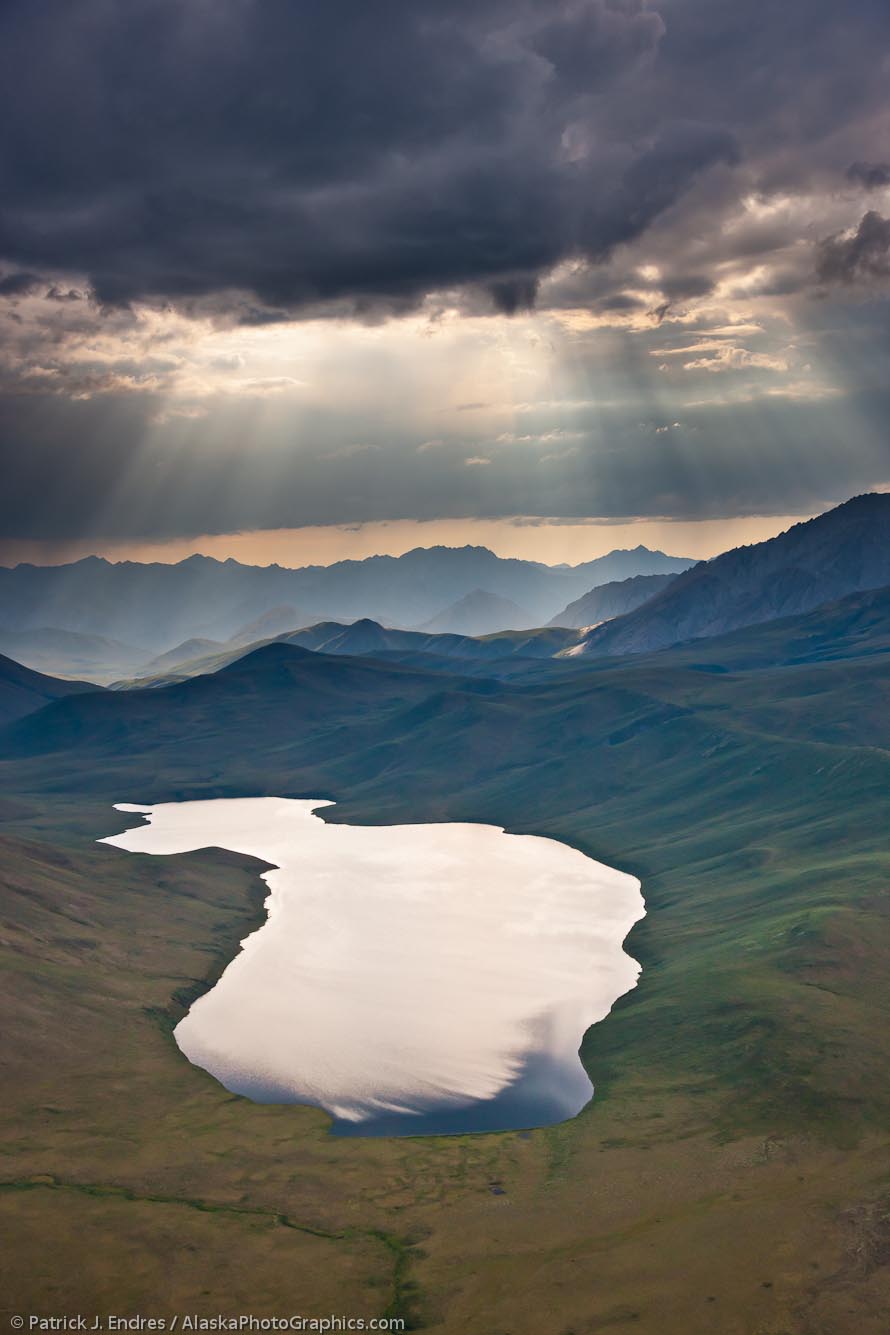
Brooks range mountains, arctic, Alaska.
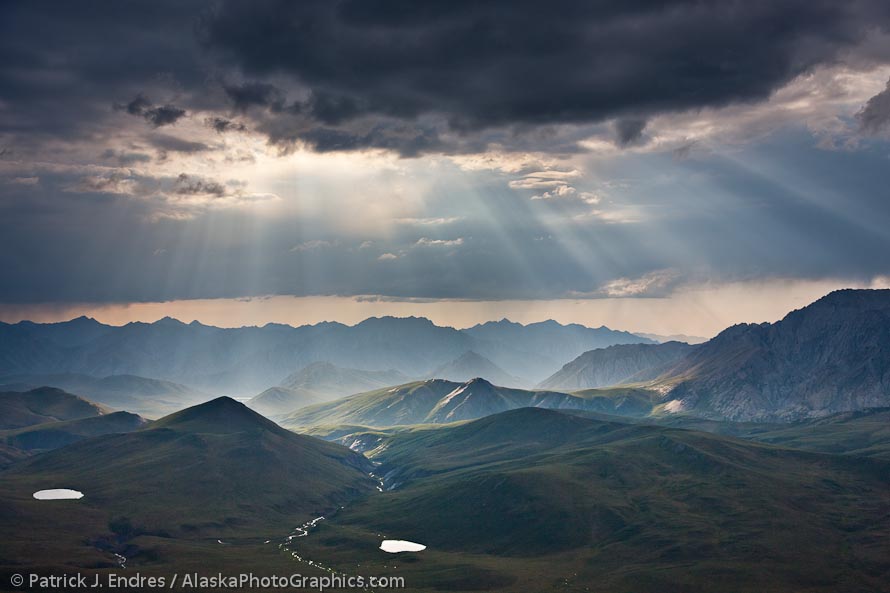
Brooks range mountains, arctic, Alaska.
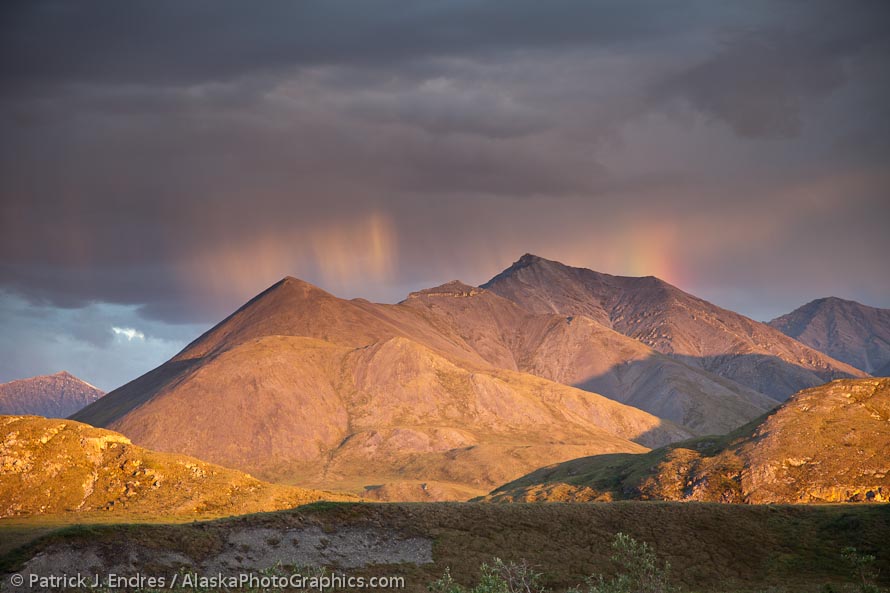
Arctic National Wildlife Refuge, arctic, Alaska.
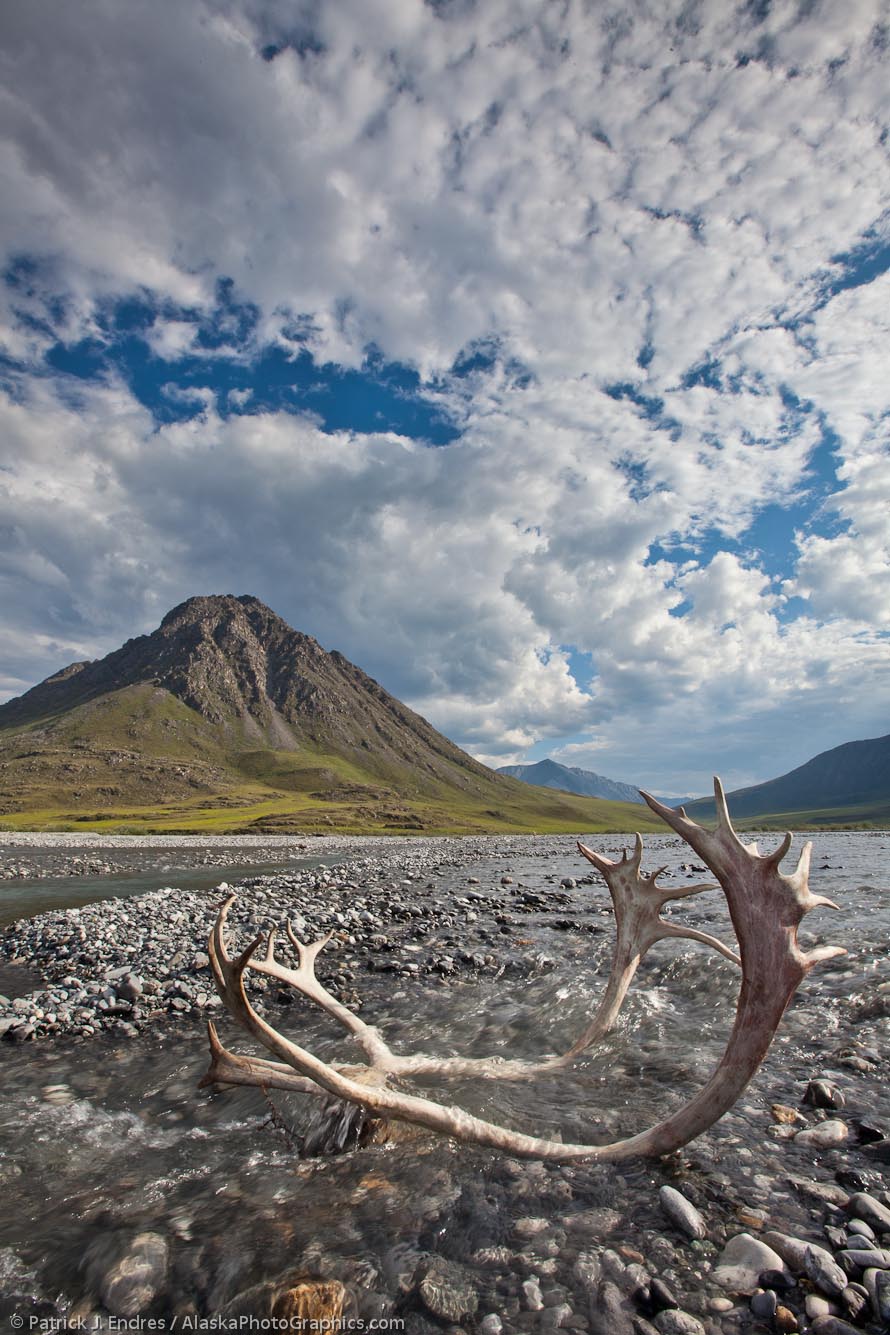
Caribou antlers, Marsh Fork of the Canning River, Arctic National Wildlife Refuge, Alaska.
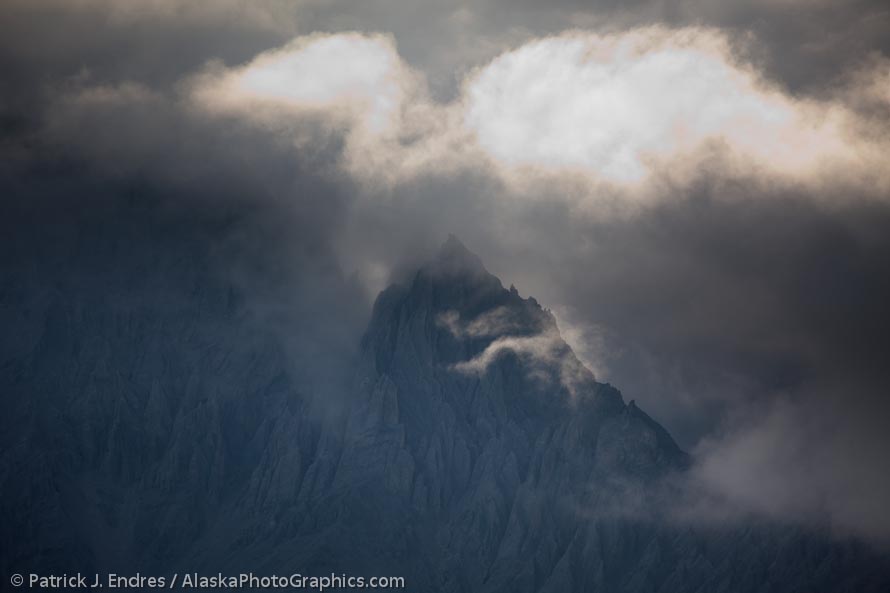
Brooks range mountains, Arctic National Wildlife Refuge, Alaska.
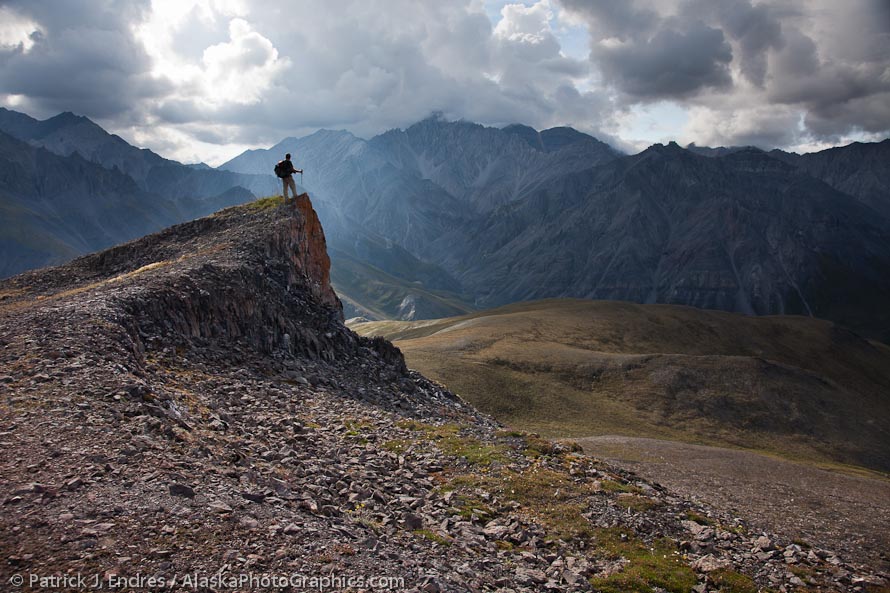
Hiking in the Brooks Range moutnains, Arctic National Wildlife Refuge, arctic, Alaska.
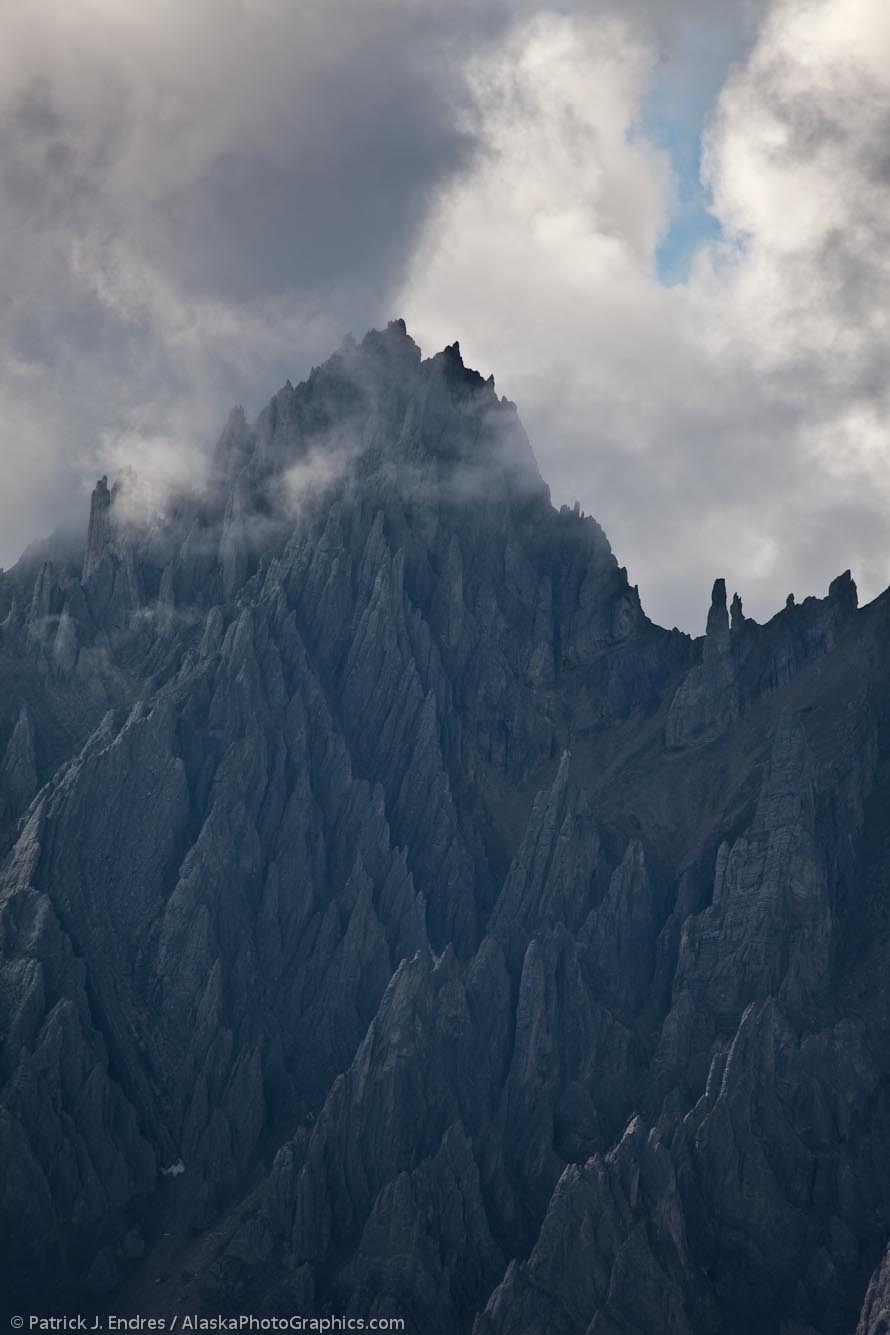
Brooks Range mountains, Arctic National Wildlife Refuge, arctic, Alaska.
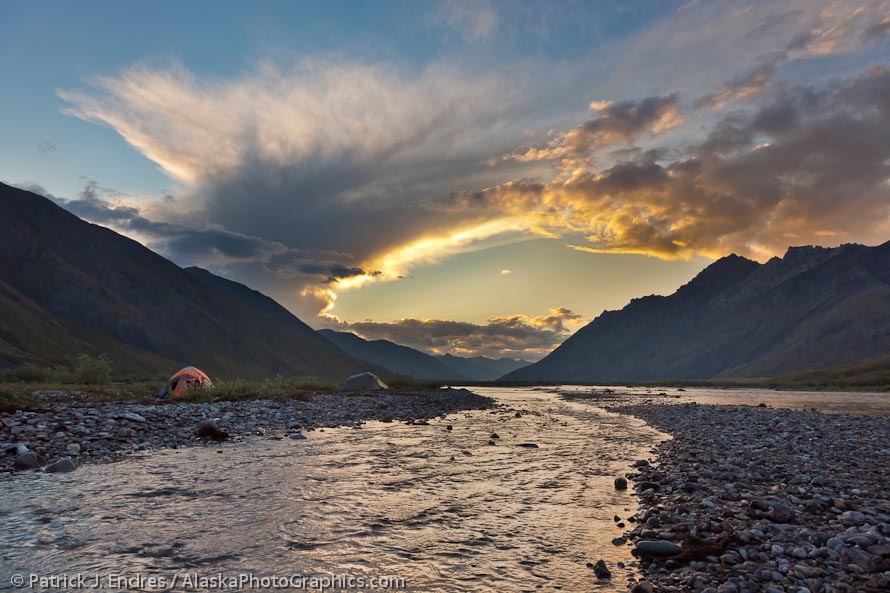
Evening camp along the Marsh Fork of the Canning River, Arctic National Wildlife Refuge, Alaska.
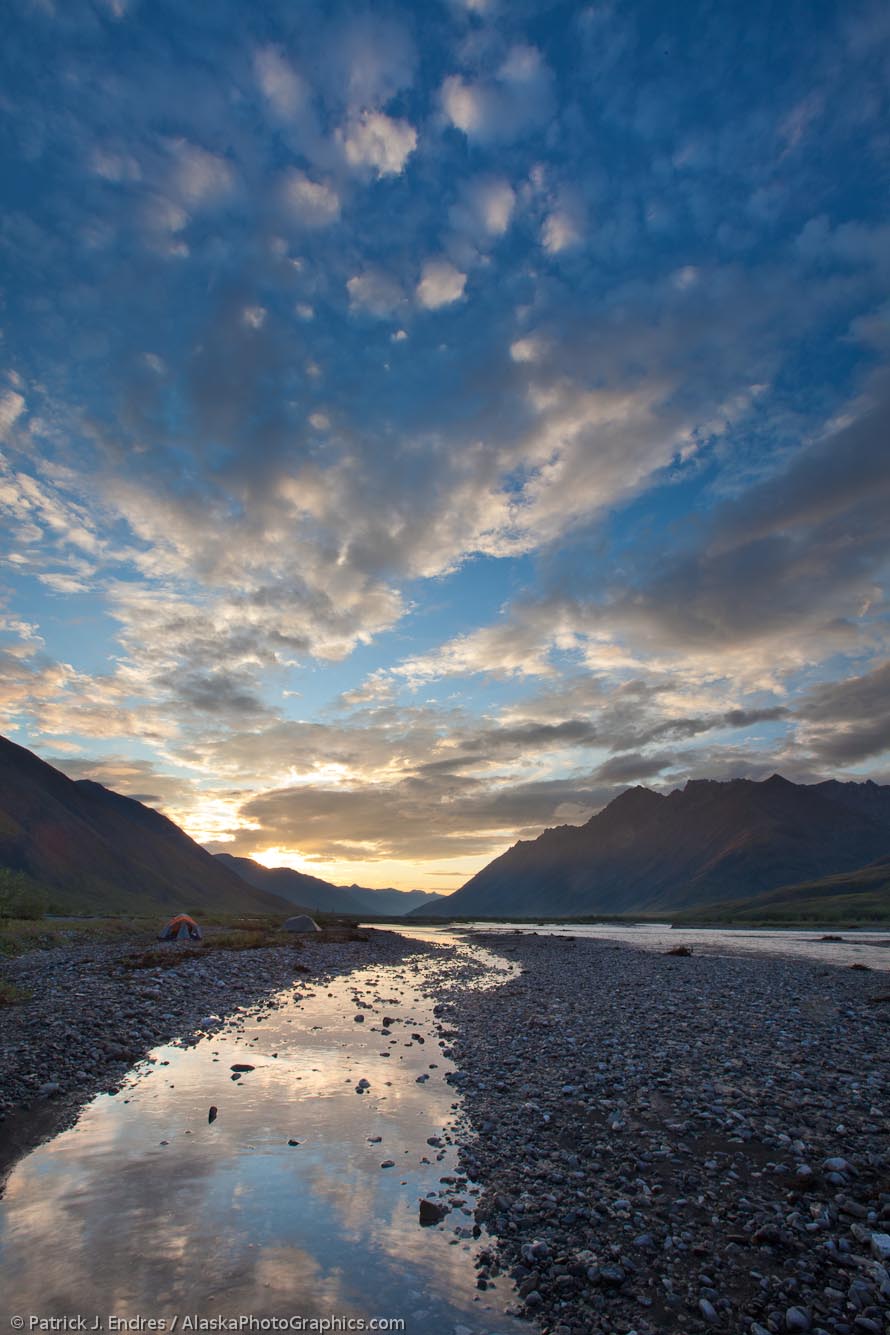
Evening camp along the Marsh Fork of the Canning River, Arctic National Wildlife Refuge, Alaska.
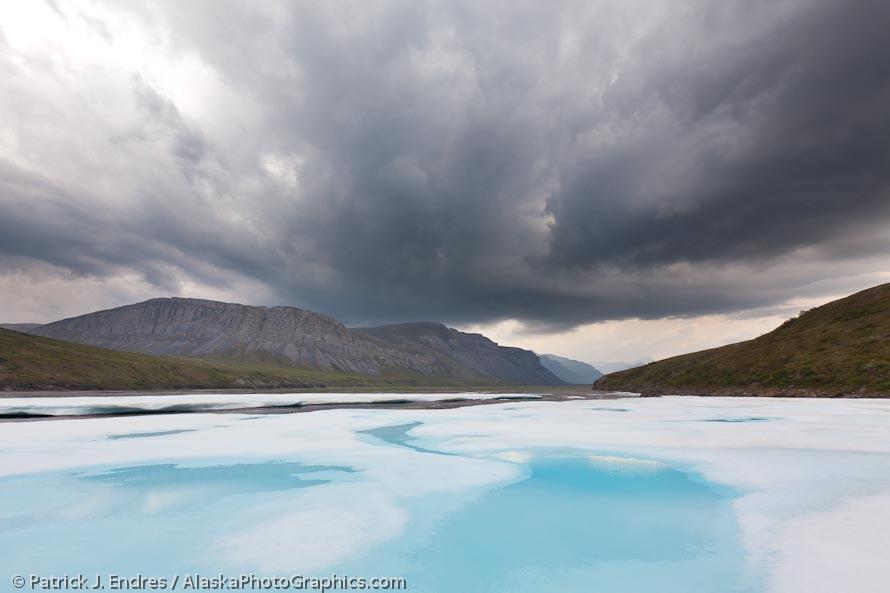
Aufeis, Marsh Fork of the Canning River, Arctic National Wildlife Refuge, Alaska.






